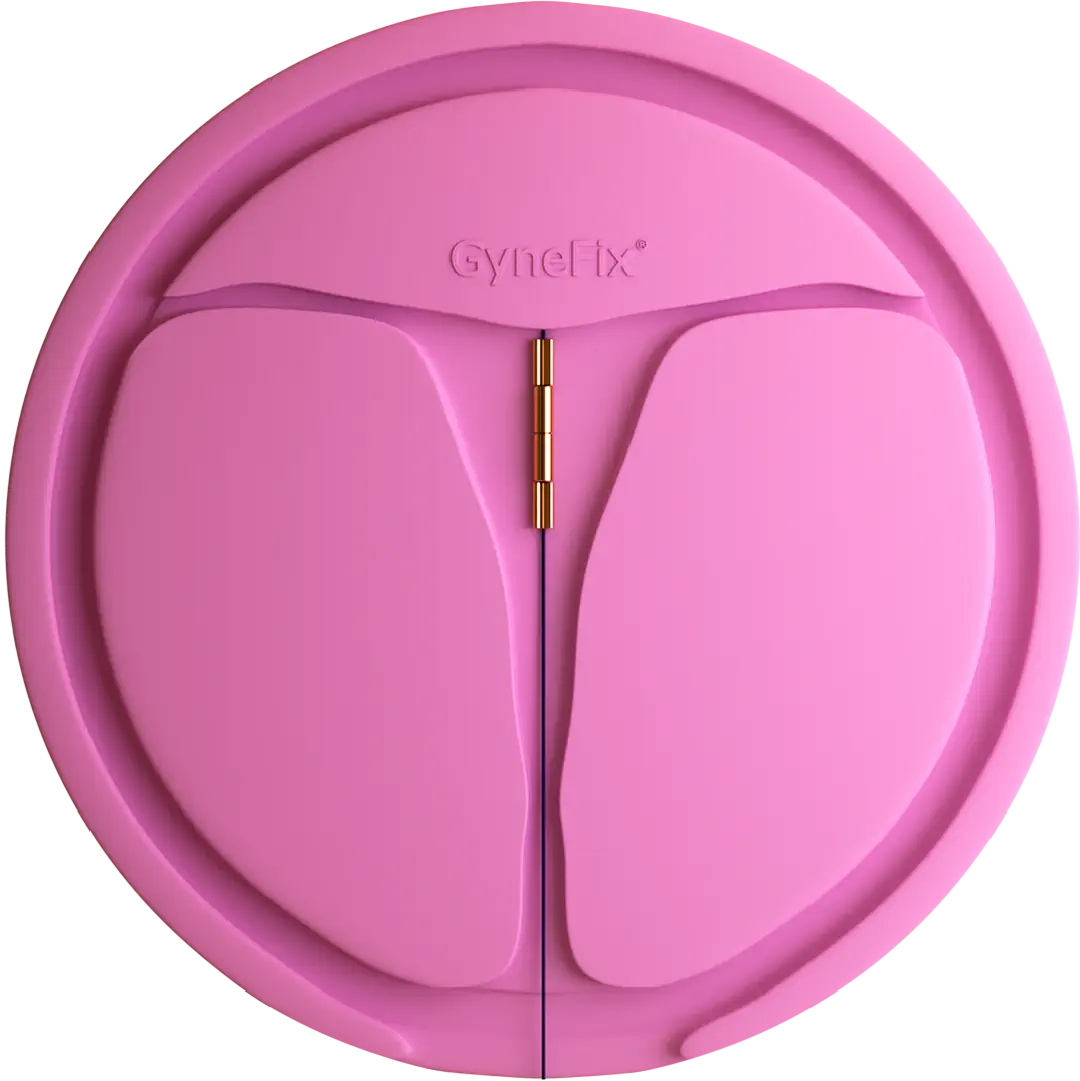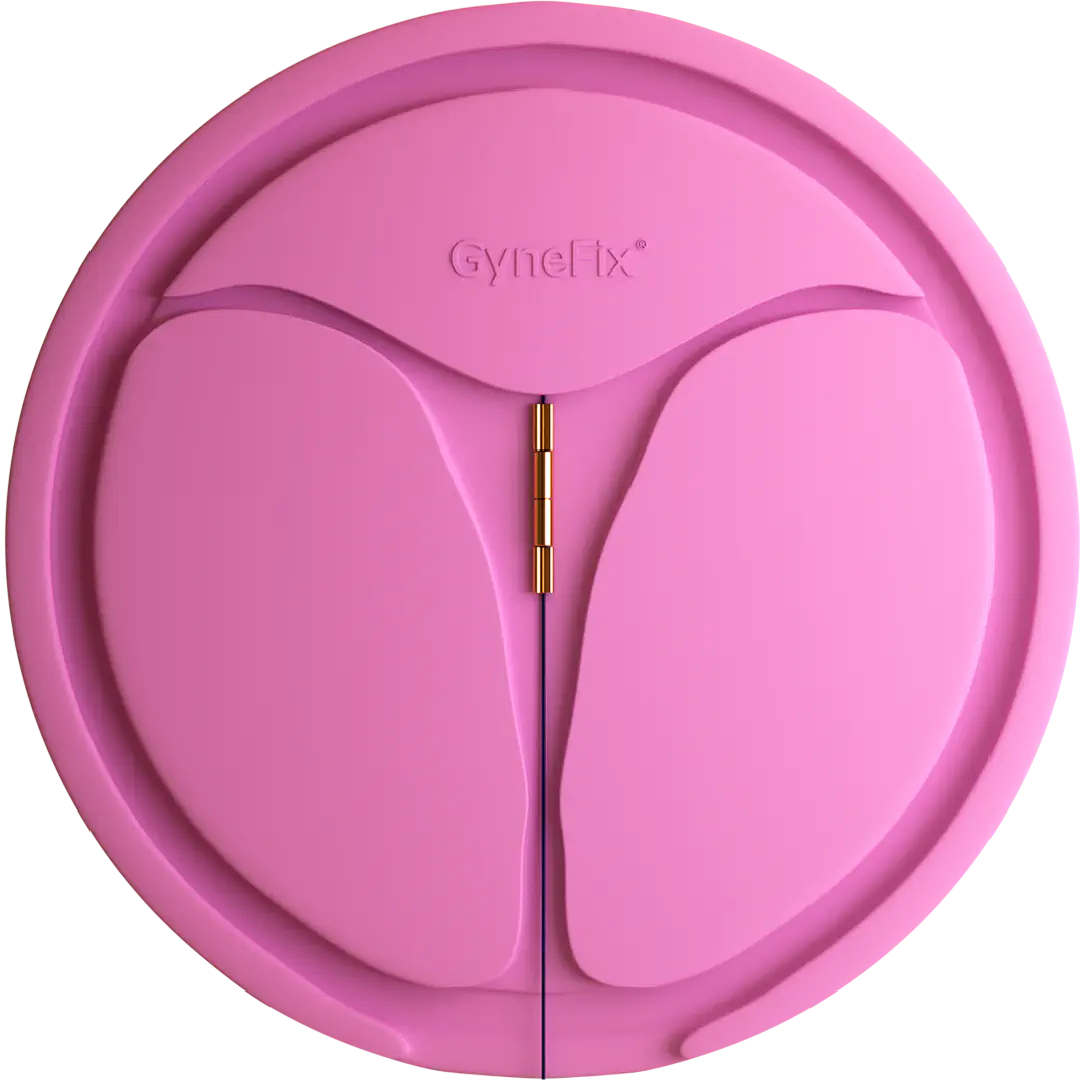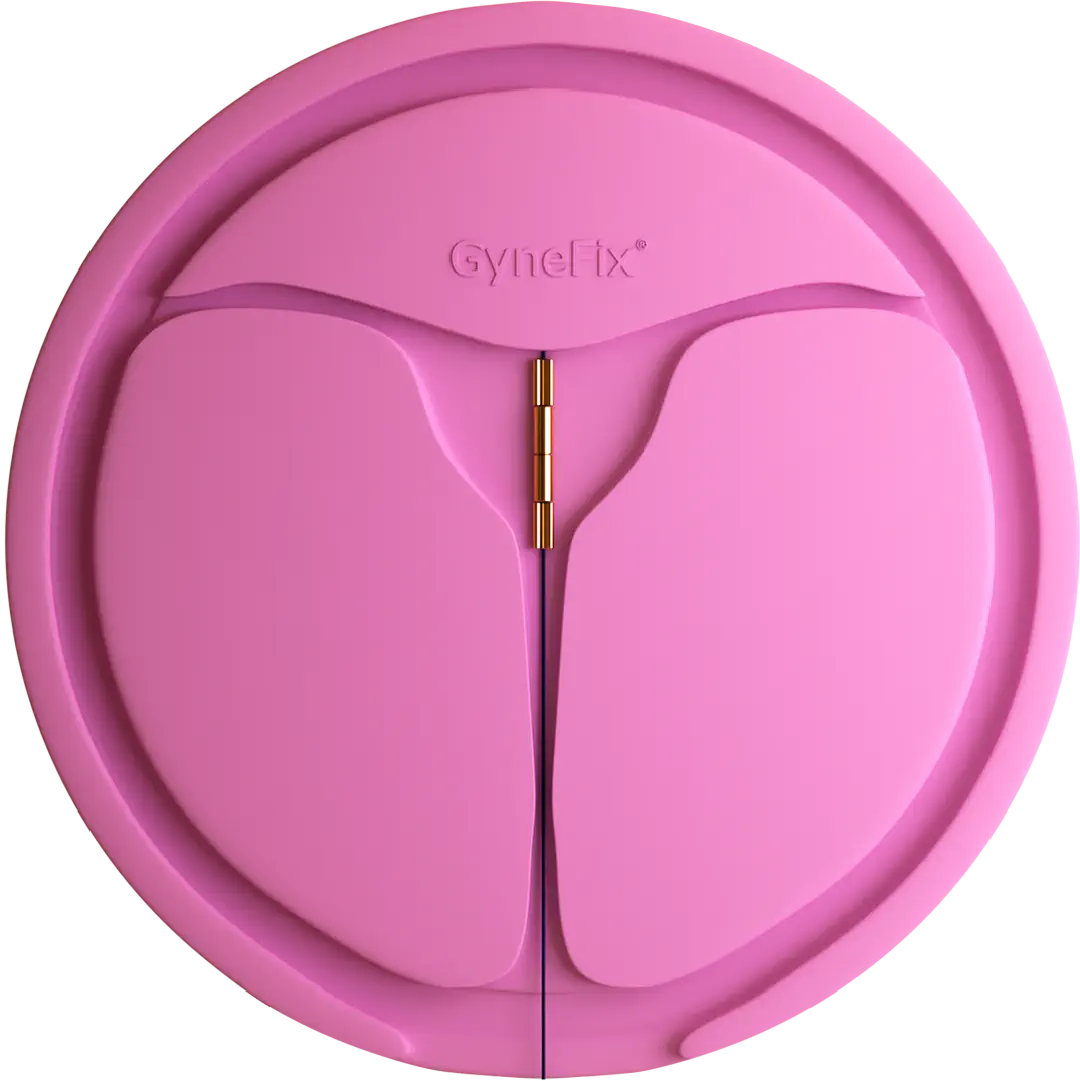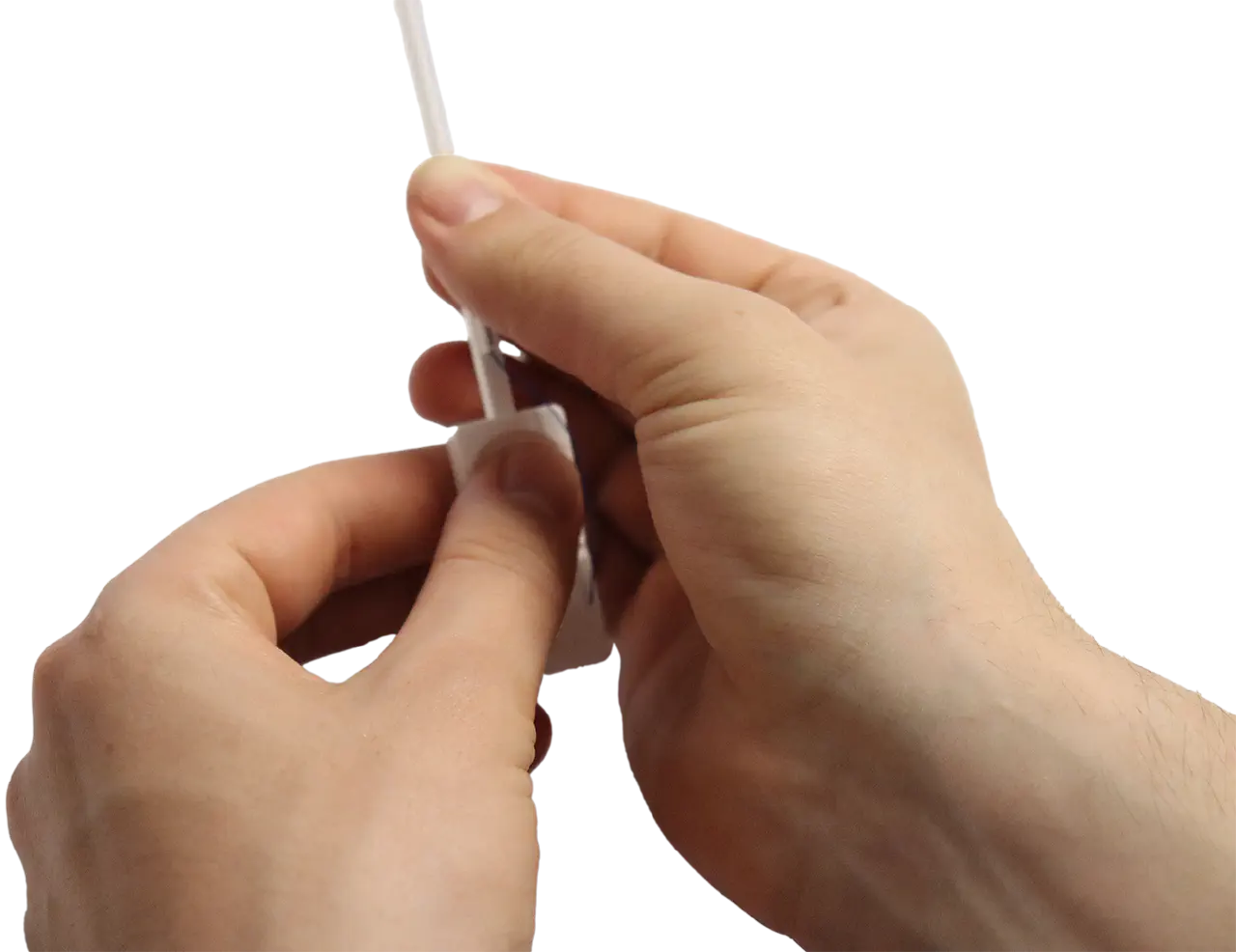Abstract:
Background: In the selection of an appropriate IUD little consideration is placed on device size or adequacy of t. Properly tting IUDs will likely lead to less adverse effects or patient discomfort resulting in enhanced continuation of use.
Methods: A multicenter study conducted at 7 centers in 410 nulliparous women, to measure the width of the uterine cavity using 2D and 3D ultrasound.
Results: Measurements of maximal fundal cavity width was performed by either 2D or 3D ultrasound by experienced sonographists. The mean width of the uterine cavity in the fundus was 22.2 mm (range 6.0- 41.1 mm). There was no statistical difference in the values whether determined by 2D (n = 258) or 3D (n = 152) measurements having a median value of 22.5 mm and 21.6 mm, respectively, 79% of women had a uterine cavity width between 15 mm and 28 mm, 32% < 20 mm and 6.8% < 15 mm, respectively. Discussion: Uterine cavities in nulliparous women are narrow and rarely wide enough to t conventional IUDs. Gross discrepancy between the IUD and the uterine cavity leads to side effect (e.g., expulsion, embedment, bleeding, pain) and early discontinuation. Historically, devices too large for the uterine cavity have been routinely inserted which may account for their 5-year continuation rates being only 40 to 50%. Our study suggests that preprocedural 2D or 3D sonography to measure the width of the uterine cavity may result in the selection of a suitable IUD to maximize continuation of use. Measurement of the cavity width is not necessary with a frameless IUD.
Authors:
Dirk Wildemeersch,Thomas Hasskamp, Kilian Nolte,Sohela Jandi,Ansgar Pett, Sabine Linden, Maarten van Santen, Olivier Julen
Download:
2D-3D FUD.pdf




